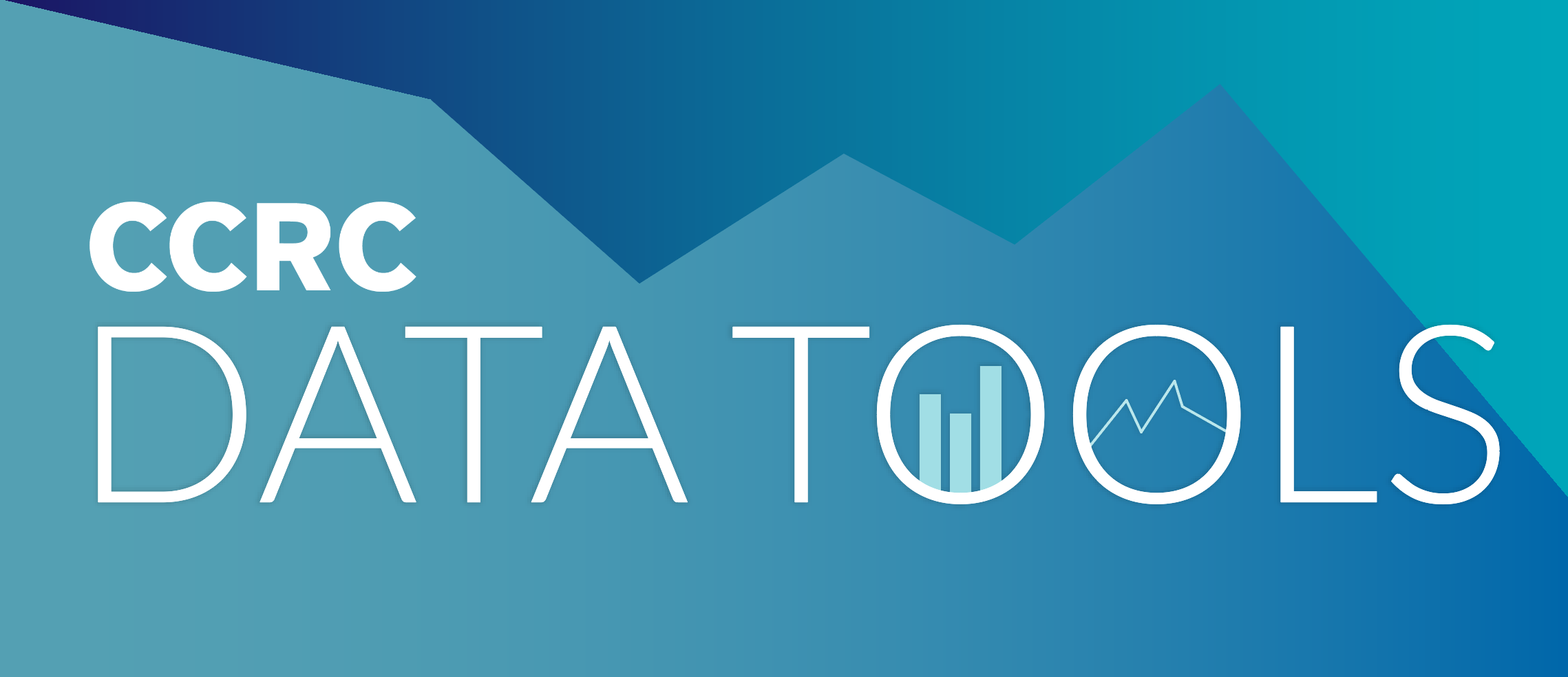In a typical year, CCRC researchers blanket the United States, collecting data and conducting site visits at colleges from coast to coast. These trips are crucial to the center’s work, as they allow researchers to meet with key college leaders, faculty, and students and to get a feel for the campuses that are implementing guided pathways, advising reform, and other programs CCRC is studying. The pandemic, of course, left these trips grounded—but the research has continued.
Despite an inability to meet face-to-face to learn about practitioners’ experiences or take in a college’s ambiance, CCRC research teams have collected data amid the pandemic, and the transition to a virtual environment introduced both roadblocks and opportunities.
The biggest change to practice is perhaps obvious: Interviews must be conducted via video call rather than in person. Gone are the days of back-to-back-to-back meetings on campus, with researchers squirreling away for a quick 20-minute lunch break. The best option for now is Zoom, but as anyone who has sat through a stilted virtual conversation can attest to, the platform leaves a lot to desire in terms of human connection.
“The online environment has a different flow from an in-person conversation, and you’re missing out on body language,” CCRC Senior Research Associate Susan Bickerstaff said. “You’re already in an environment that’s kind of sterile, and in some ways, you’re losing those opportunities to build rapport with people that an in-person environment facilitates.”
Establishing a baseline level of familiarity is an important part of qualitative—as opposed to quantitative—data collection, because when college personnel feel heard and respected by researchers, they are more likely to share their experiences truthfully. A virtual conversation, however, can be impersonal and distant. Plus, participating in our work is voluntary, and CCRC researchers are cognizant of the fact that they’re asking for people’s time during a stressful period.
“There are different pressures and stressors of the pandemic, including privacy concerns for participants that we need to be more aware of,” said CCRC Research Associate Sarah Griffin, who was instrumental in creating the center’s remote research guide. “People might not feel comfortable participating in a video interview from home, and it’s very much optional. It’s a blurring of these boundaries between the professional and personal.”
Researchers have been deliberate about overcoming these challenges in simple but meaningful ways. The remote research guide offers strategies and tips for CCRC researchers conducting interviews and focus groups from home, and also takes into consideration how a virtual environment may impact the data collection experience for both researchers and study participants. Griffin said she is intentional about creating a positive environment on video calls by arriving a few minutes early, being friendly and welcoming, and acknowledging the difficult circumstances people may be facing. These interviews don’t happen in a vacuum, and recognizing the challenges that folks on campus are facing can help build the bonds that are crucial to quality qualitative data collection.
To that end, CCRC Research Associate Julia Raufman, who conducted several interviews this spring for CCRC’s English Learners in Community Colleges project, noted that the team isn’t ignoring the context of the pandemic. In fact, the researchers adjusted their interview protocol to include questions about COVID-19, because the effects of the virus will inevitably change practices and procedures on campus. Raufman also said that double-checking that the video call technology is set up correctly is an important step in ensuring the conversation runs smoothly and most closely replicates an in-person experience.
And yet, even the most considerate interview practices can’t account for people who don’t show up at all. Gathering students for focus groups can be challenging even when everyone is on campus, and during a pandemic, they may be even less likely to participate. CCRC Senior Research Associate Lauren Pellegrino said that the iPASS team spoke to fewer people this year than they would have during a usual slate of site visits. Ultimately, not only does this result in less data, but the pandemic could also make the data less representative by limiting who researchers can reach.
“There are so many things that are challenging: parenting, any kind of caregiving responsibilities that are going on, and even just being in communities that are being ravaged by this pandemic really badly,” Pellegrino said. “What does that mean for us in terms of getting a wide range of perspectives, which is what we try to do when we’re on-site?”
On the other hand, remote data collection does present some scheduling advantages. CCRC Senior Research Associates Hana Lahr and Jessica Brathwaite noted that the logistics of a site visit and the need to cram several conversations into a few short days can be limiting. Virtual calls allow CCRCers to be flexible and work around other people’s schedules.
And that’s not the only benefit of remote data collection. Eliminating on-campus visits and in-person presentations has reduced CCRC’s travel costs and our contributions to climate change. Virtual interviews and focus groups may prove to be a viable alternative as the center looks to implement more sustainable environmental practices, even once it’s safe to resume business as usual.
“I hope some of the changes will stick around,” Pellegrino said. “It’s cheaper, our carbon footprint is a lot less, and if we don’t have the travel expenses associated with it, a wider range of staff can be involved in data collection activities. I think there could be studies where it makes a lot of sense.”





